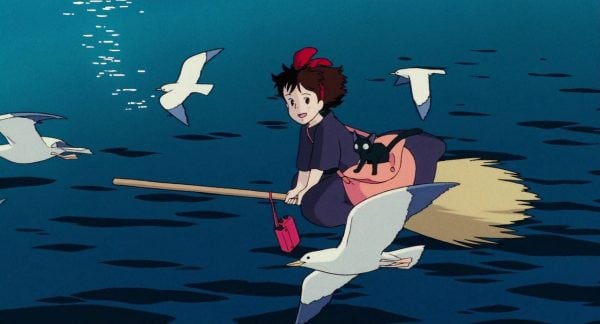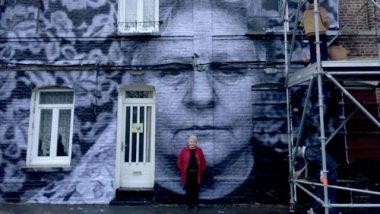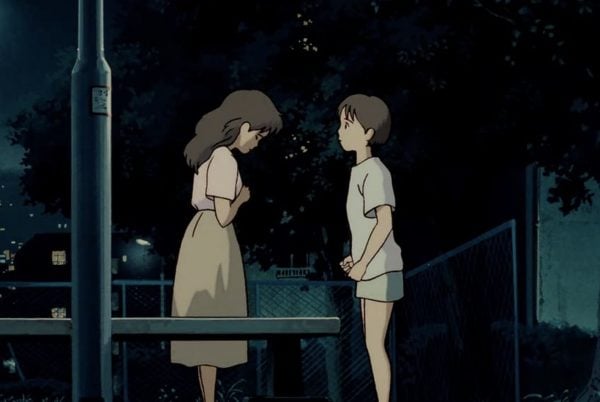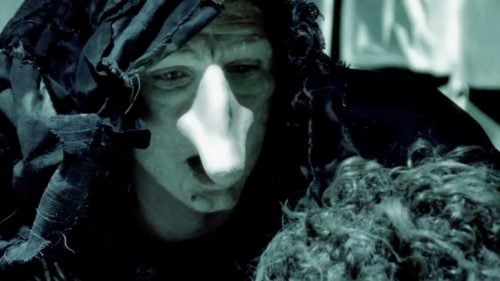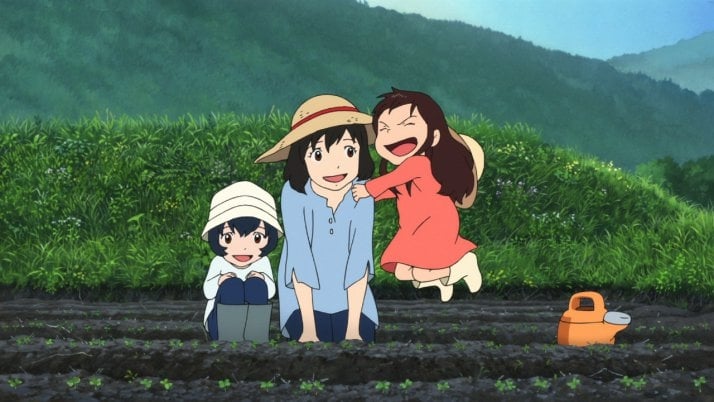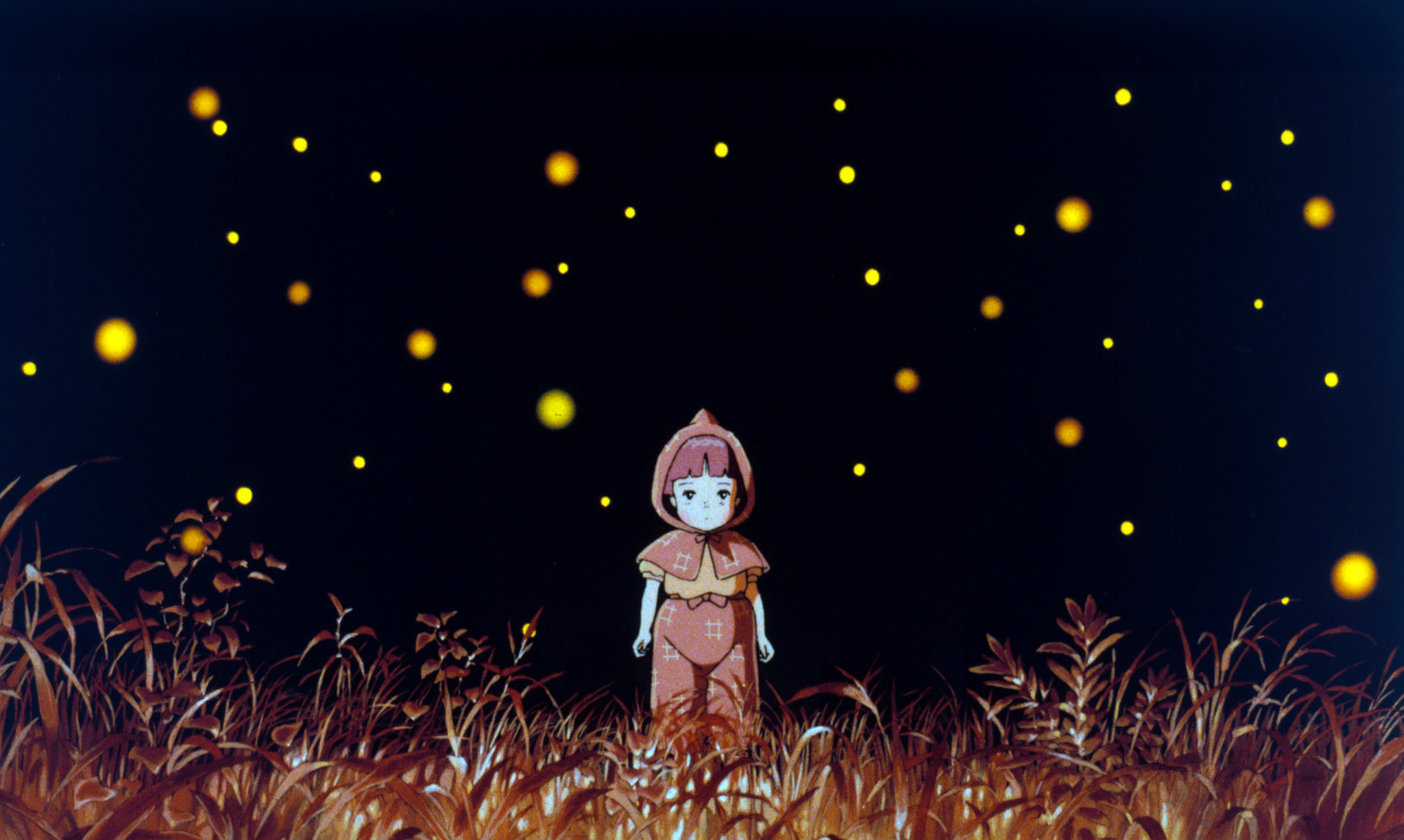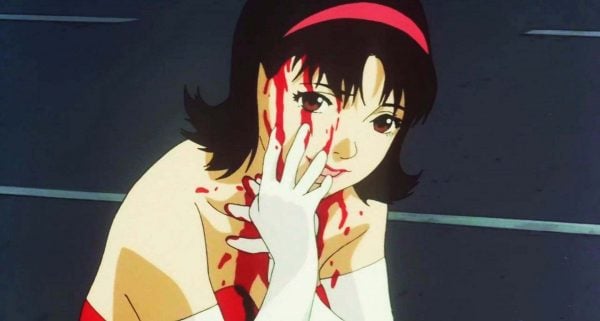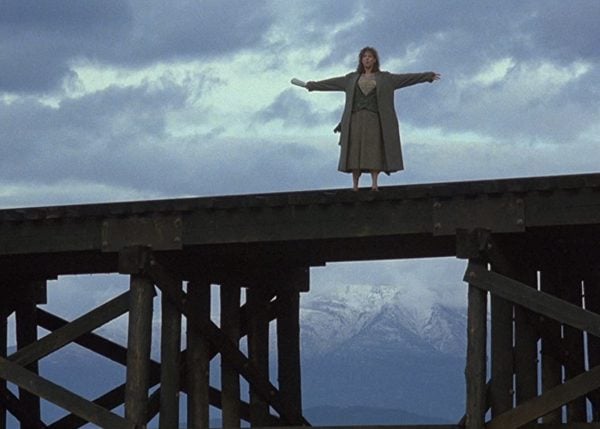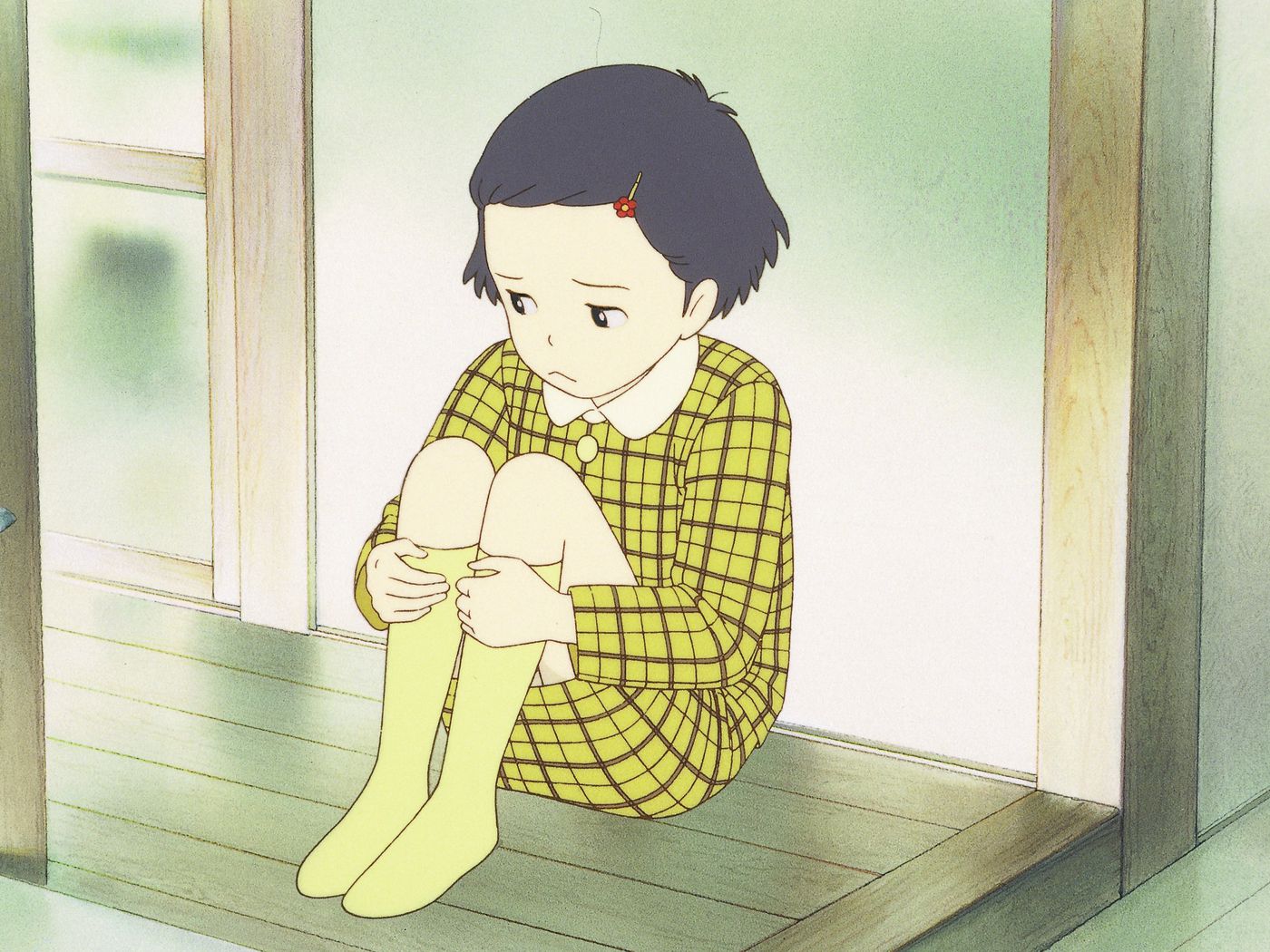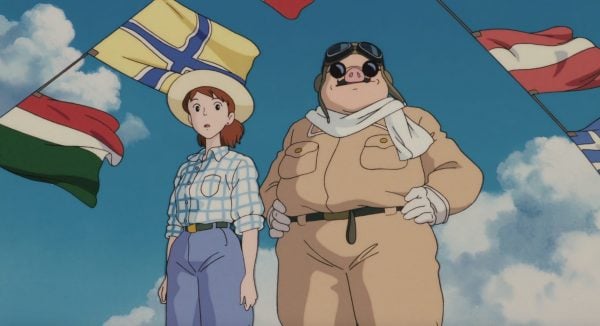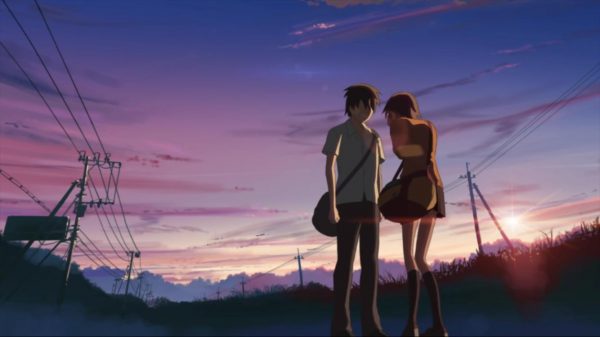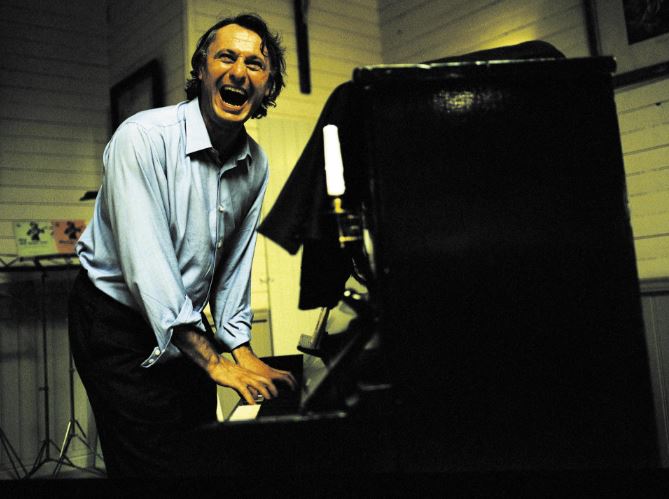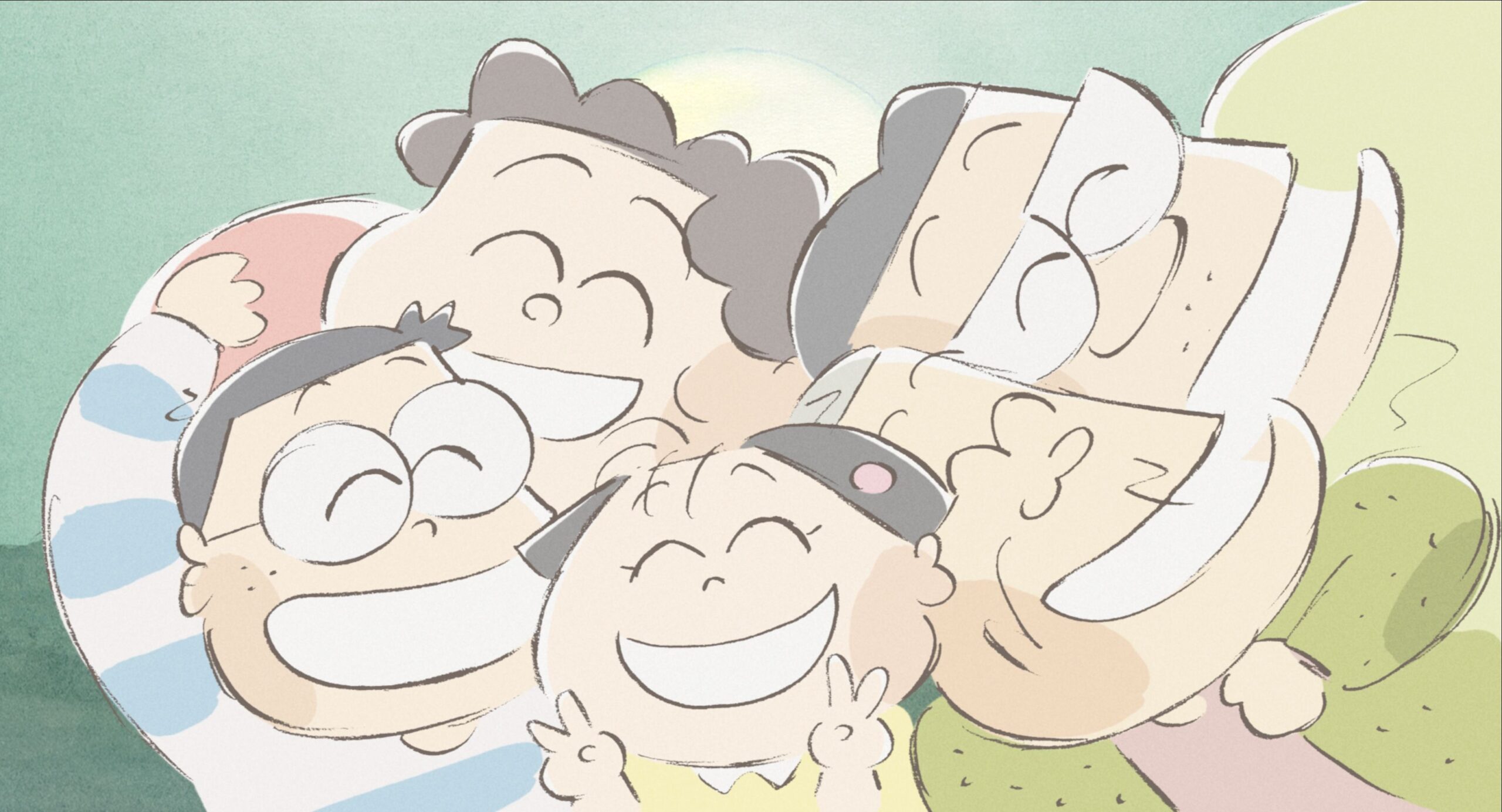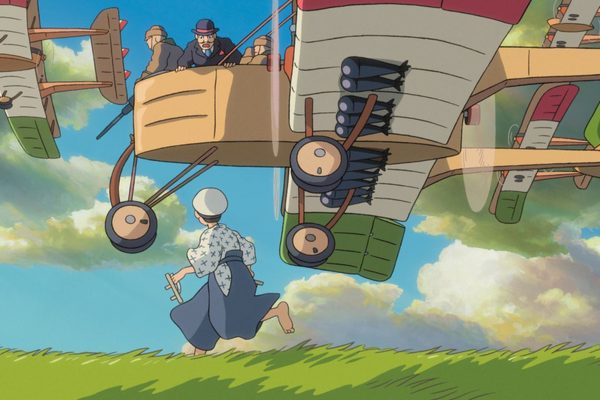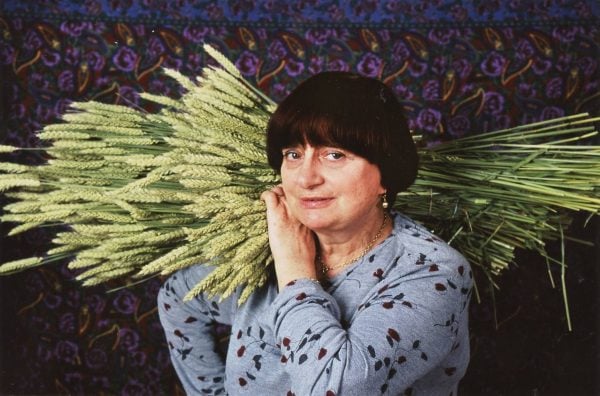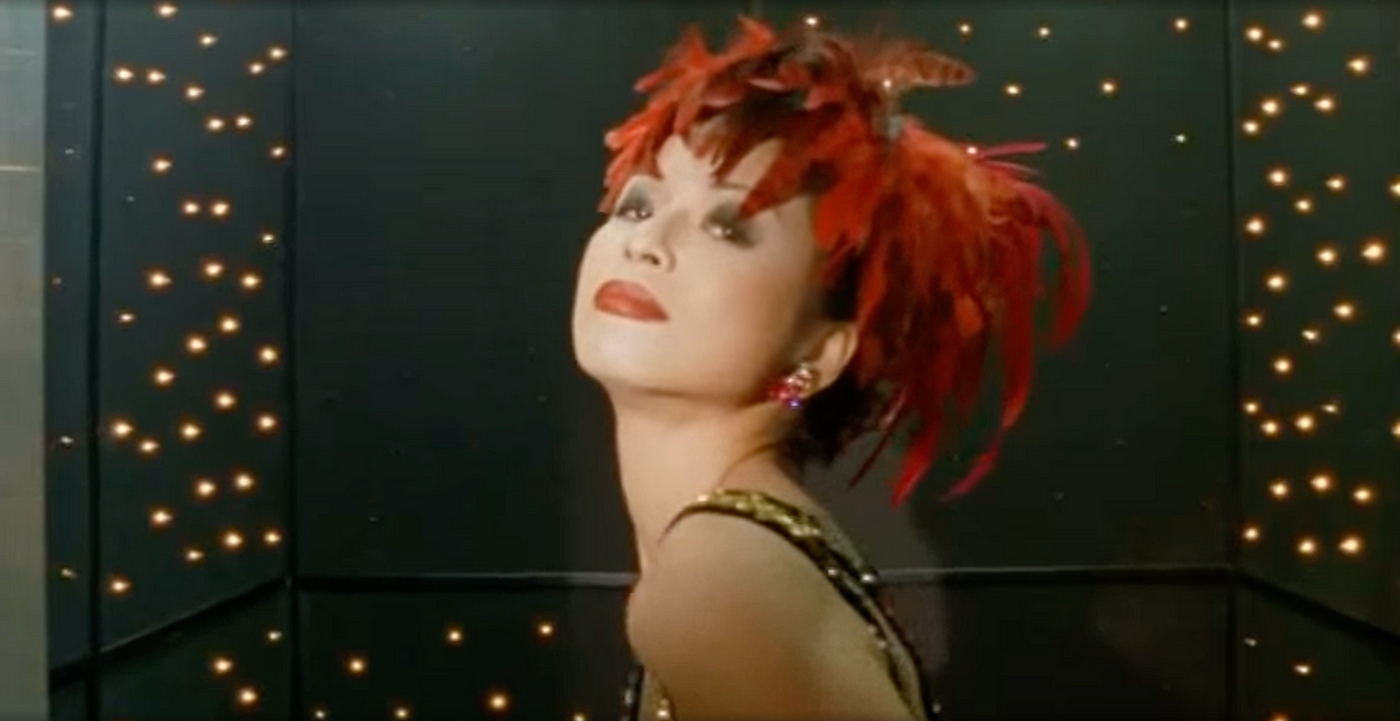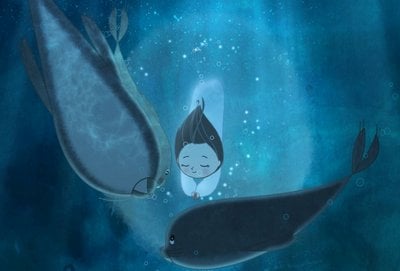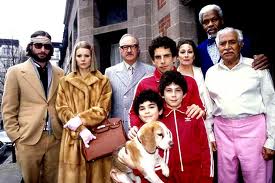Movies Like Princess Mononoke (1997)
If you’re familiar with the upscale Chinese restaurant chain owner, or that Chinese boy in old 60s British films, or with his paintings, Aka Mr. Chow might surprise you because they’re one and the same. Born with two names, Zhou Yinghua and Michael Chow, Mr. Chow is just so cool that telling his life story […]
Based on a true story, Darin J. Sallam’s controversial debut feature Farha is, at heart, a brutal coming-of-age film. Set in 1948, the film is about a girl who gets locked into her family’s storeroom at the start of the Nakba, the Palestinian Catastrophe. Sallam’s choice to limit most of the film’s perspective to that […]
Inu-oh is a visually stunning and thought-provoking anime that reimagines a Japanese folk tale as it explores themes of artistic freedom, individuality, and the consequences of challenging societal norms. The movie’s striking imagery, original music, and captivating story make it a memorable viewing experience, delving into issues of identity and the prejudices faced by disabled […]
This documentary starts with Alex Lewis, who gets into a motorcycle accident and wakes up in the hospital not knowing who he is. He doesn’t remember anything (not even what a bicycle or a TV is, or who his mother or father are), but he remembers his twin brother, Marcus. When Alex gets back into […]
From the sheer size of Frederick Wiseman’s documentaries (both in length and scope), it should be clear that his goal isn’t necessarily to have us retain every piece of information he gives us in all of this film’s board meetings and press conferences. This is a film interested in the macro view of how a […]
An interior designer comes back from Sweden to her birthplace in Thailand where she tries to declutter her family home to make it a minimalist, Marie Kondo-type house. “Minimalism is like a Buddhist philosophy. It’s about letting go,” she tells her mother as she tries to convince her. “Are you nuts?” The woman replies. Jean […]
Remarkably for a movie about women being shunned and exploited by those more powerful than them, I Am Not A Witch is often wryly funny. That’s because this satire about Zambia’s labor camps for “witches” is told with a matter-of-fact-ness that brings out both the heartbreak and absurdity of the film’s events. The bitter gravity […]
This incredibly creative and unique movie is set in a fictional small town in the Brazilian Backcountry. It has a realistic first half but things quickly get crazy. Even in that realistic half, you can clearly tell that something is off about the town of Bacurau. An accident involving a truck carrying coffins turns into […]
Mary and Max is the tale of an overlooked 8-year-old girl from Australia starting an unlikely friendship via mail with a middle-aged Jewish man from New York. Shot completely in monocromatic claymotion, it is the first feature film by Australian stop-motion animation writer, Adam Elliot, and the first ever animated film to score the opening […]
In the early 1990s, Singaporean teens Sandi, Jasmine, and Sophie set out to make the country’s first indie movie. Incredibly, in between college, day jobs, and very limited funding, they manage to do just that with the help of their wise but mysterious mentor, Georges. Shirkers, as the project came to be called, seemed primed […]
There are two auteur directors that we recommend more than anyone else on this site. One is Hirokazu Koreeda, the Japanese master of intricate drama, the other is Asghar Farhadi. Mr. Farhadi is an Oscar-winning, Iranian filmmaker and one of the most recognisable directors out there. His third film, Fireworks Wednesdays, paved the way for […]
Frequently considered one of the greatest animated movies of all times, and certainly the highest-grossing film in Japanese history, Spirited Away is Hayao Miyazaki and Studio Ghibli at their very best. It was also the first non-English animation movie to win an Oscar. On the surface, it’s a film about a Chihiro Ogino (Hiiragi), a […]
Persepolis is the true story of Marjane Satrapi, the writer and illustrator whose graphic novels of the same name the film is adapted from. It details in vivid animation the trials of growing up in war-torn Iran, but also, crucially, the joys of being raised by a loving family and the significance of forming one’s […]
An indigenous language is dying, and the last two people who speak it have not spoken to each other in 50 years. In this calm drama from Mexico, linguists are sent to try to get them to talk so they can document the language. The story goes that two men have stopped talking because they […]
A woman yearns to find her biological mother, another woman struggles with infertility, a third wants to connect with her rebellious daughter. Director Mike Leigh has the prowess to seamlessly weave these stories together, and part of the joy is knowing, that like clockwork, these narratives are set on a spectacular collision course. As melancholy […]
In his debut feature, Jonathan Glazer masterfully subverts our expectations of heist movies to thrilling effect: what should be a perfunctory moment — the classic recruitment scene — is stretched out into nearly an entire film of its own here, and we’re not off the edge of our seat for even a second of it. […]
Hayao Miyazaki is no stranger to the fantastical. Howl’s Moving Castle and Spirited Away conjure worlds of spirits and demons, monsters and witches, imaginary wars and extraordinary heroes. But in Kiki’s Delivery Service, the real magic arises from the mundane. The titular teenaged Kiki leaves home, setting out to become a better witch. She arrives […]
What happens to genius and complex filmmakers once they reach old age? Agnès Varda at 89 is one example. She maintains an interest in the same deep questions but portrays them in a casual way – basically tries to have a little more fun with things. She finds a friend in JR, a young artist […]
Studio Ghibli has brought us moving, remarkable animated films such as Spirited Away, My Neighbor Totoro, and Princess Mononoke. One of Studio Ghibli’s most overlooked movies is Yoshifumi Kondou’s Whisper of the Heart, which finds magic in the ordinary every day. Shizuku is a young girl with great aspirations to become a writer—the only thing […]
An award-winning American independent Fantasy, Ink has become a sleeper hit worldwide. The film portrays a struggle between the forces of good and evil over the soul of a man and a little girl caught in between. The film’s deliriously realized dream sequences make clear that no matter what life throws at you, in the […]
If you’re living alone and just came back home from a bad day, Wolf Children can make you feel like everything’s alright. It’s the kind of movie that feels like a warm hug and one that you will likely bookmark to get back to for this exact reason. Co-written and directed by Mamoru Hosoda, who’s […]
Perhaps the most depressing but vital movie produced by animation giant Studio Ghibli, Grave of the Fireflies is a searing and sweeping drama that covers the horrors of World War II through the eyes of teenager Seita and his young sister Setsuko. Between the violence of war and the tragedy of loss, the siblings struggle […]
Satoshi Kon’s Perfect Blue is a chilling psychological thriller and a fantastic next step for those looking to explore anime’s dark side. Kon animates with Hitchcockian flair and is so successful at memorable compositions that Darren Aronofsky even lifted a scene from this into Requiem for a Dream. Mima is a pop idol who abandons […]
Mind Game is a mind-bending and exhilarating animated film that takes the viewer on a journey through the depths of the human psyche. The story follows a young man who, after a near-death experience, finds himself on a self-discovery journey through surreal and constantly shifting worlds. The film’s unconventional and experimental animation style, combined with […]
Bill Forsyth, an acclaimed Scottish director best known for his films Local Hero and Gregory’s Girl, directs an underrated masterpiece with the 1987 drama Housekeeping. Adapted from Marilynne Robinson’s outstanding novel, Housekeeping is the story of two sisters, Ruthie and Lucille, who are orphaned and raised by their peculiar Aunt Sylvie. As the young sisters […]
This beautiful, realistic, and nostalgic anime movie about childhood is one that almost anyone can relate to. Set in the year of 1982, twenty-seven-year-old Taeko Okajima is traveling to the countryside by train. Along her journey, she gets flashbacks of her childhood: mostly in elementary school, stealing glances at a boy, and navigating puberty. The […]
As impressive as Studio Ghibli’s collection of films are, I am still stubborn to believe that Porco Rosso is its most underrated film. Porco Rosso, directed by Hayao Miyazaki, is the story of a World War military aviator-turned-bounty hunter who has mysteriously been transformed into a pig. Bright with humor, heart, and flight (Miyazaki is […]
5 Centimeters per Second is a quiet, beautiful anime about the life of a boy called Takaki, told in three acts over the span of seventeen years. The movie explores the experience and thrill of having a first love, as well as being someone else’s. In depicting how delicate it is to hold special feelings […]
A Franco-Gaelic animated film nominated for an Academy Award, the Secret of Kells certainly isn’t your average Disney fare. Set in 8th century Ireland, it is beautifully animated, taking cues from ancient illuminated manuscripts and Gaelic folk art. Featuring a plot heavily inspired by Irish mythology, it tells the story of the Viking invasion of Ireland and […]
A Swedish film about a world-famous conductor who suddenly interrupts his career to return alone to his childhood village in Norrland. It doesn’t take long before he is asked to come and listen to the fragment of a church choir, which practices every Thursday in the parish hall. “Just come along and give a little bit of […]
One of Studio Ghibli’s overlooked gems, My Neighbors the Yamadas is a charming anthology film about a modern-day Japanese family. The film sets itself apart from other Ghibli films through its unique doodle-like watercolor animation and its short piano themes. While the vignettes may just depict regular family conflicts, the scenes still feel compelling due […]
In what was originally intended to be his final film, Hayao Miyazaki is at his most lucid with The Wind Rises. Fluid and luminous, it cleanly moves between a grounded, historical reality and an intuitive, imaginative dreamscape. Here Miyazaki reflects on the process of creation and what it means to be an artist, drawing parallels […]
Les Glaneurs et la Glaneuse (The Gleaners and I) is one of the late Agnès Varda’s great documentaries. The film follows “gleaners”—scavengers and collectors of discarded garbage or abandoned items—from the French countryside into the city. The first of Varda’s subjects recalls, “Gleaning, that’s the old way,” marking a clear distinction: old versus new, rural […]
Directed by Tsai Ming-liang, this unconventional story follows the lives of two neighbors who share a crumbling apartment in the midst of a strange, inexplicable epidemic. Blending a quiet drama with exciting musical numbers, the characters’ lives intertwine in unexpected ways, blurring the line between reality and fantasy. With its masterful use of long takes […]
This animated movie is absolutely wonderful. It’s an Irish production, and the drawings/graphics are so beautiful and different from what you usually see in this genre. This alone, along with the music, would be good reasons to watch this. But what really makes this worth your time is the story – it’s about a boy […]
In this ensemble cast directed by Wes Anderson, we see a very dysfunctional family with three very unique siblings who grow apart from each other due to their father, a charismatic and ever-absent grifter. However, when he announces his immanent death, the whole family is forced to confront each other, themselves and their childhoods as […]

























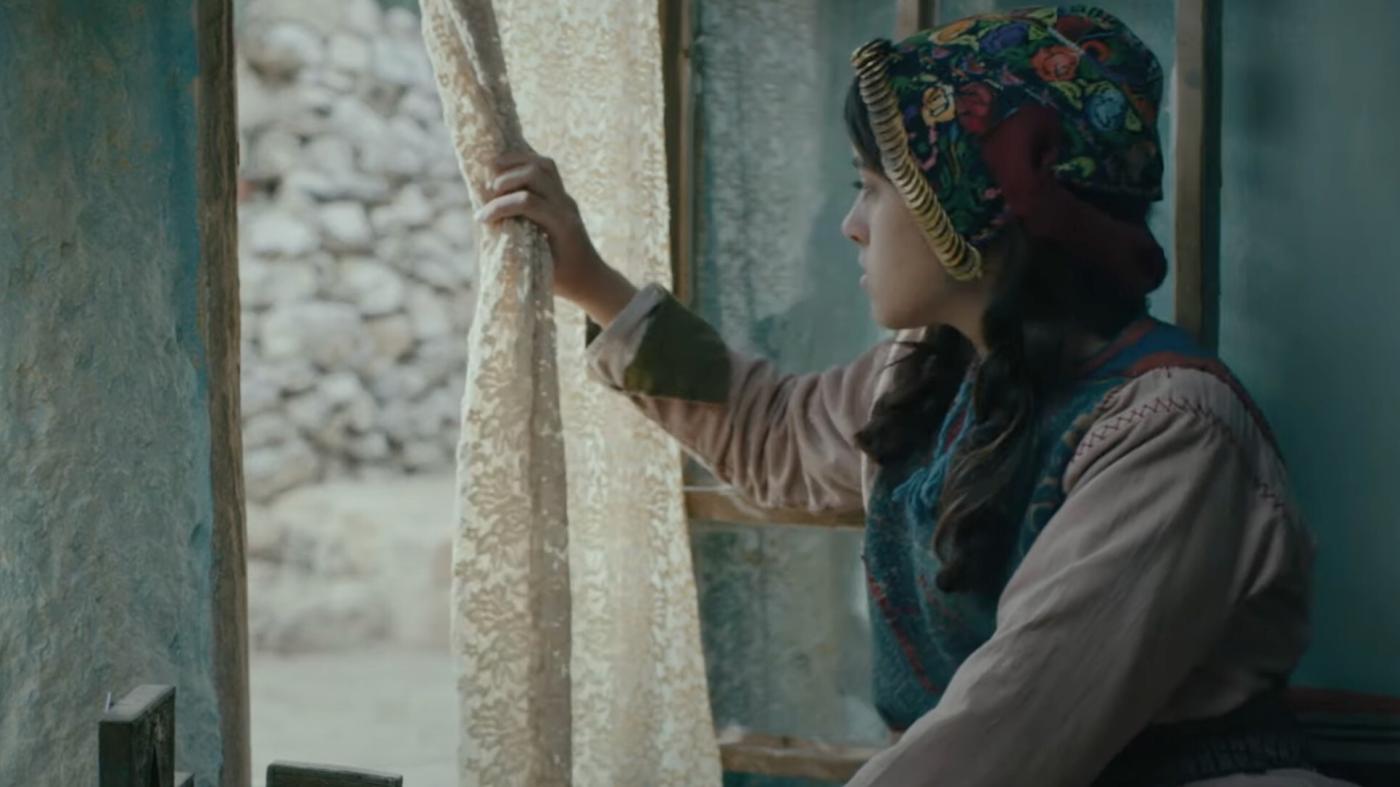
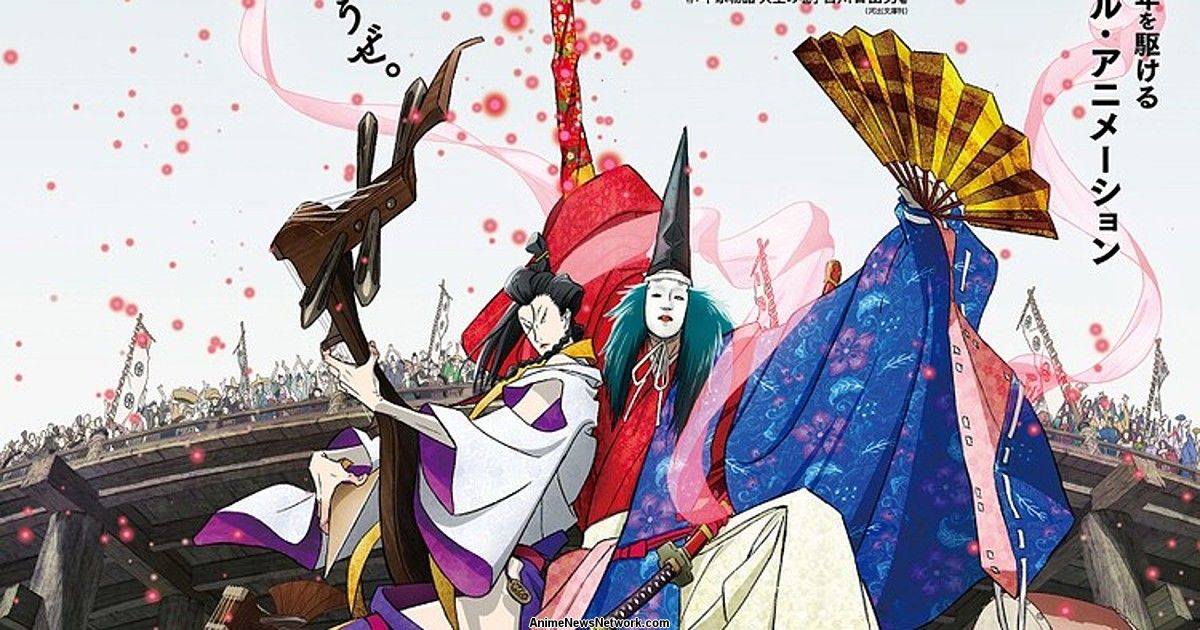
 x2
x2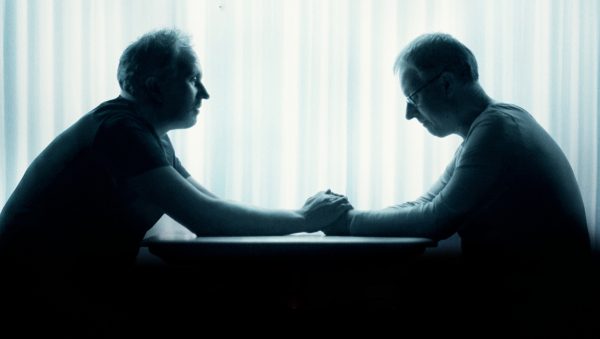

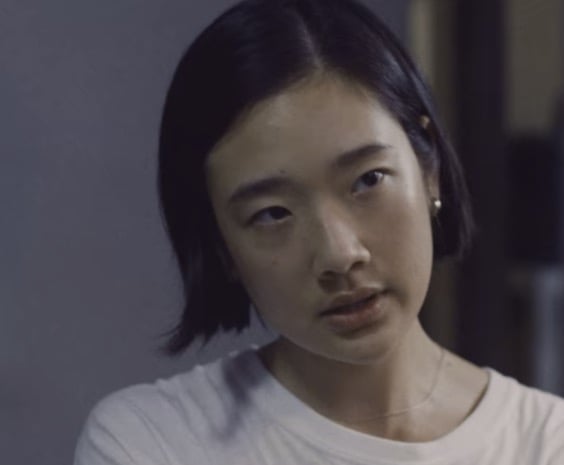
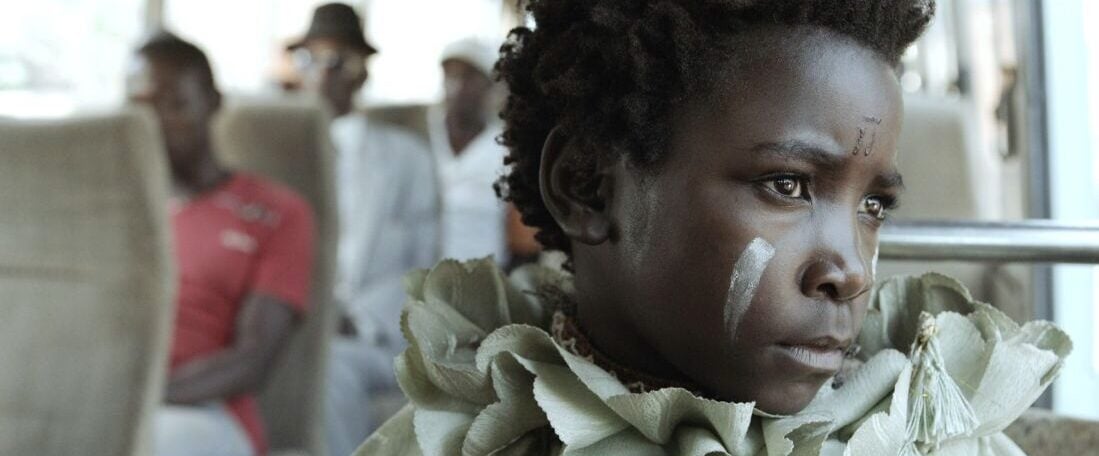
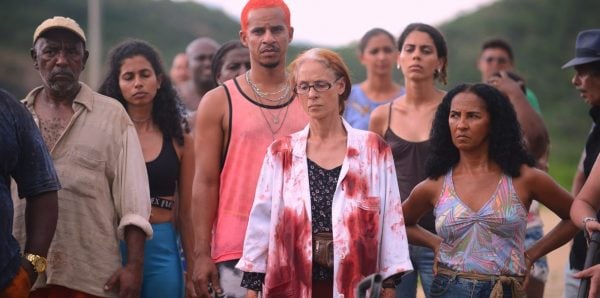
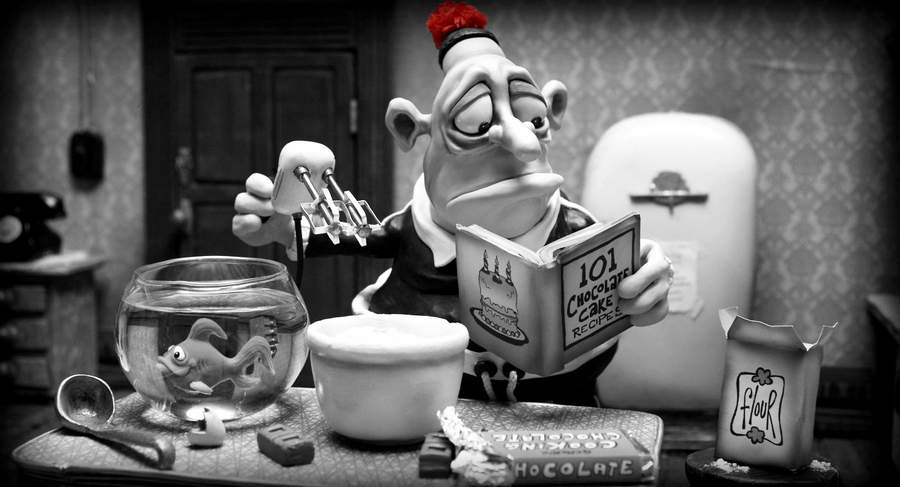
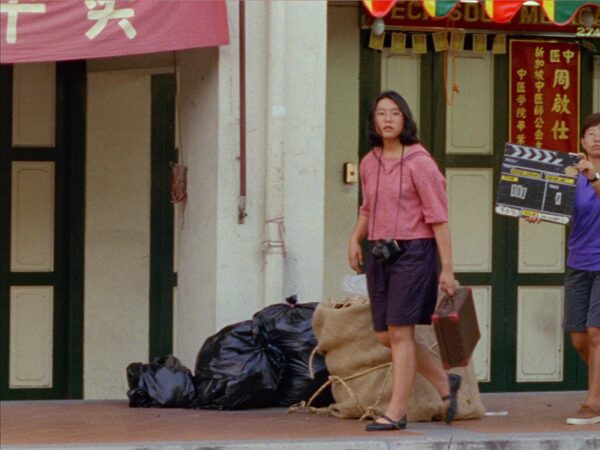
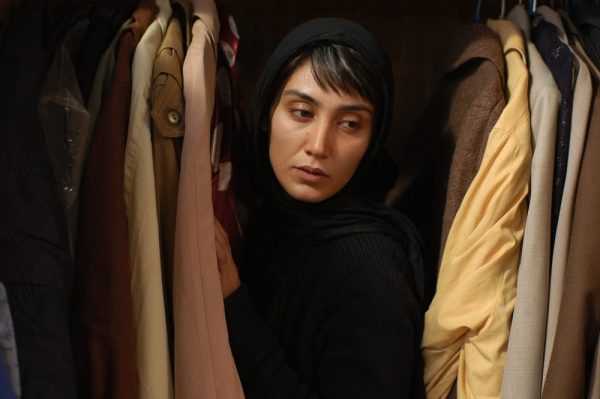
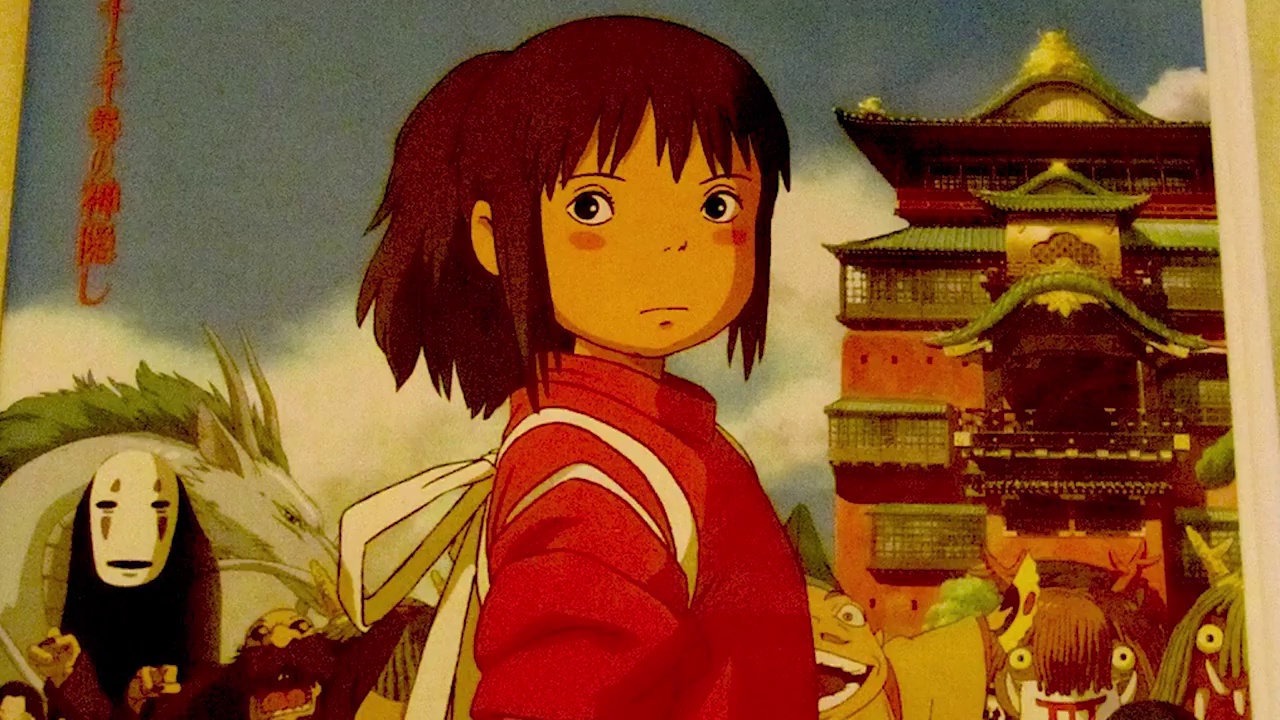
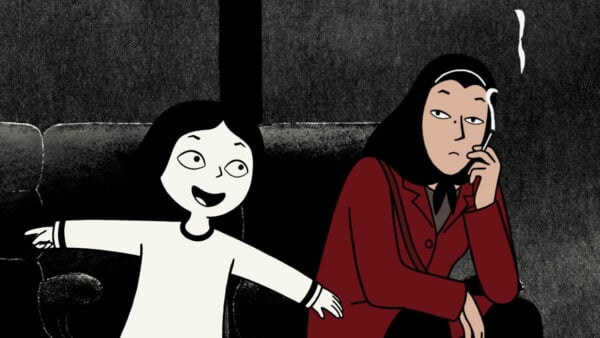
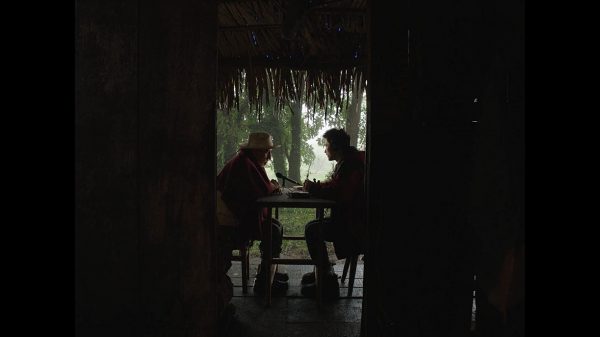
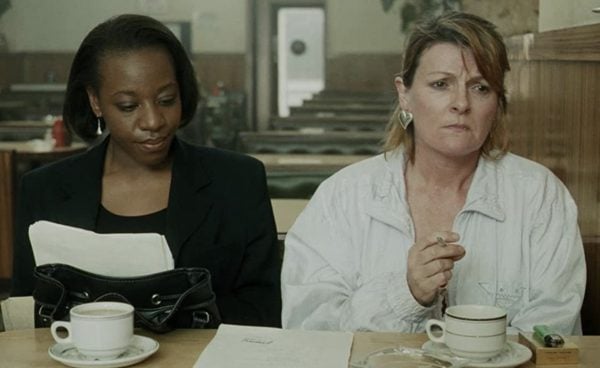
 x5
x5
